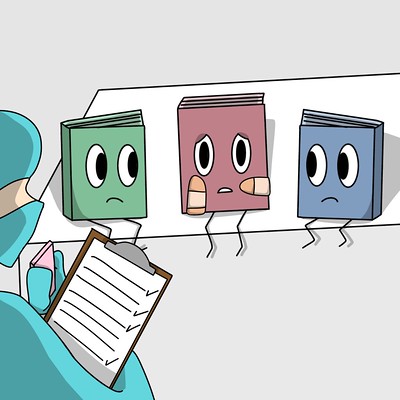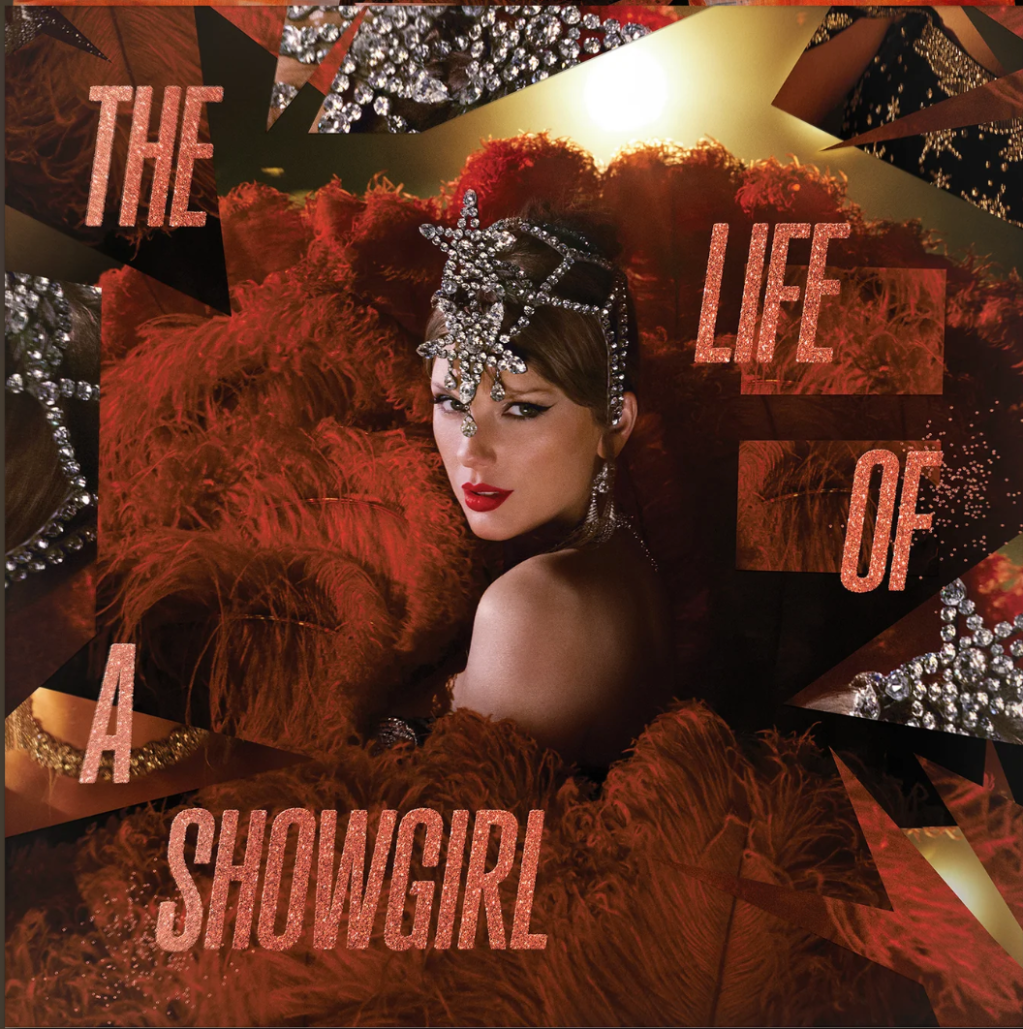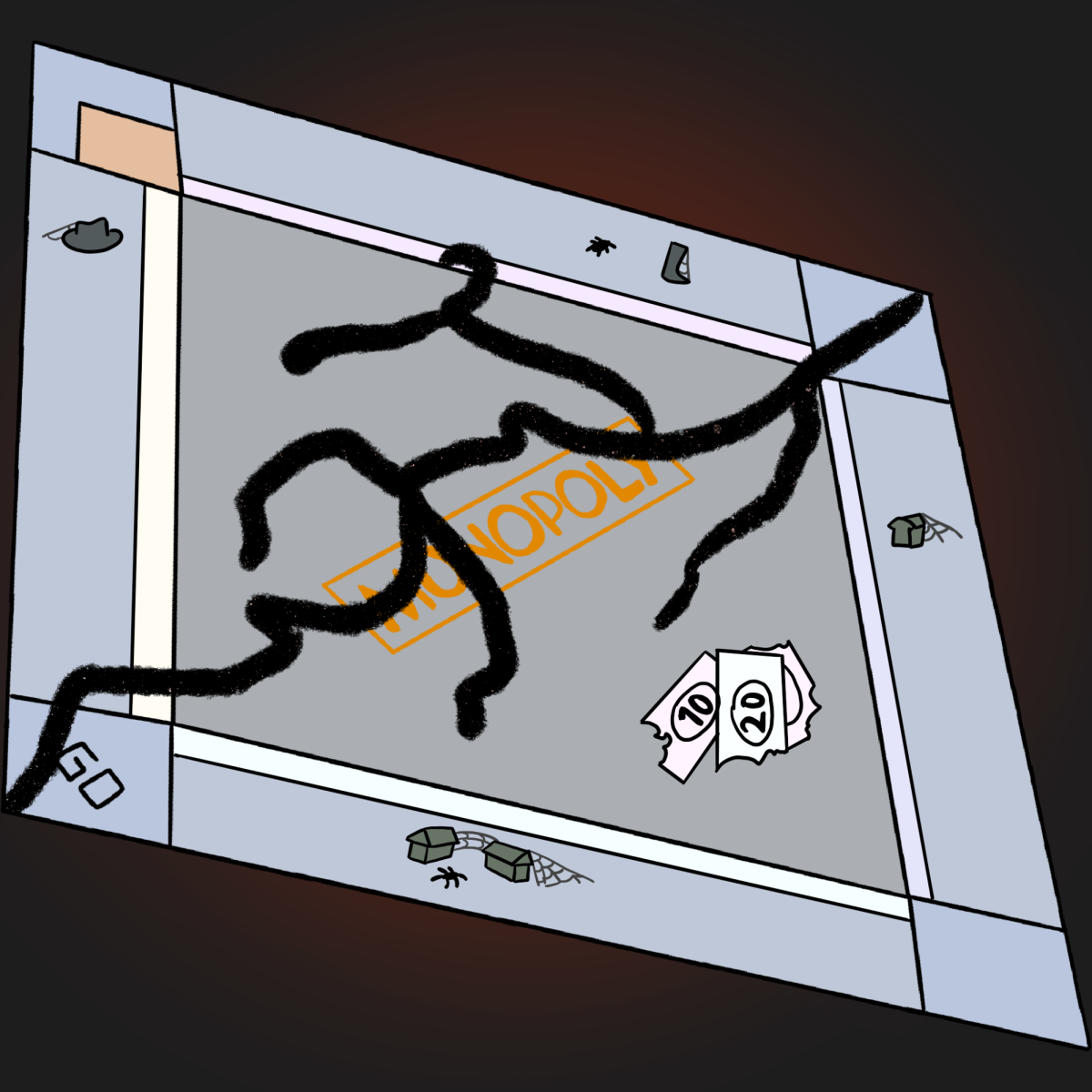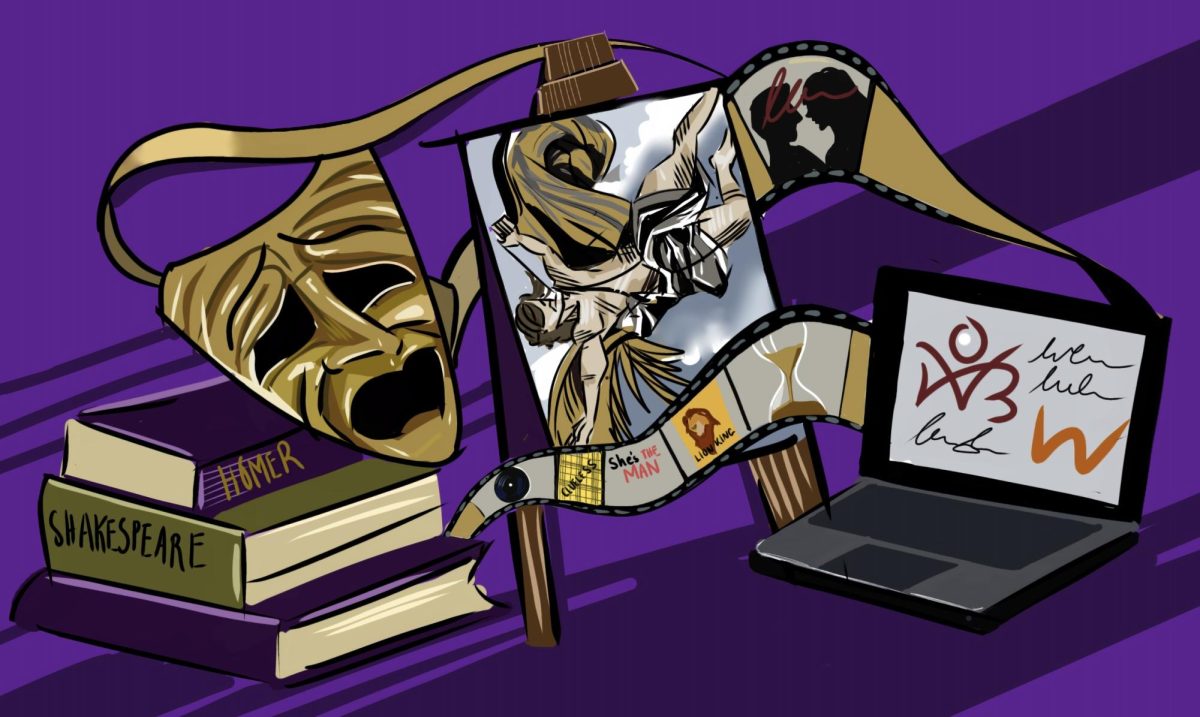
While trilogies have been a YA fiction staple for many years, duologies have been gaining popularity recently as they fix one notorious trilogy problem: the middle book syndrome. By doing away with the awkward, contrived bridge between the introduction to a new world and the grand finale, duologies keep the story flowing without a lull from beginning to end.
Middle book syndrome is a common occurrence in many trilogies, and it describes the phenomenon where the first and third books of the trilogy are beloved by readers, but the second book falls short. Now, before you come at me with your favorite second book, it’s not a universal problem, but simply because of the nature of a trilogy, it’s one that I’ve felt many three-book series fall into. One of the most prominent reasons for middle book flops in many trilogies — and indeed, many longer book series as well — is the inability to raise the stakes from book to book in a meaningful way. An author has the difficult task of raising the stakes in book two while still ensuring there’s somewhere higher to go in book three, which can lead to the impression that book two’s stakes are largely superficial or that book two is just book one with another cover. When the characters don’t seem to learn anything from one book to the next, and the author keeps repeating the same conflicts in a failed attempt to raise the stakes, it gets frustrating.
Take “A World Without Princes,” the second installment in the first trilogy of the “The School for Good and Evil” series by Soman Chainani. Admittedly, I don’t think this is considered YA, but it illustrates my point well. To give a basic summary, the first book of the trilogy revolves around two girls, Sophie and Agatha, who arrive at the titular school as best friends but end up growing apart during their time there and eventually getting into a conflict. The novel resolves with the girls making up and heading home. The second book, “A World Without Princes,” essentially rehashes the same plot — the girls are forced back to the school and eventually get into another conflict prompted by the same distrust, miscommunication and lack of understanding as in the first book. Where did all that character development go?
Another prominent reason for middle books to be, well, mid is that they just feel like stepping stones. “A World Without Princes” is very much just a set-up for the last book of the trilogy — the last book requires the two girls to be on opposite sides in order to create a final showdown, and the second book is just the way to get them there, by doing the exact same thing as the first book.
On the other hand, duologies avoid this problem — they don’t have a book to relegate to the “stepping stone” role in the first place. One good example is the popular “Six of Crows” duology by Leigh Bardugo. (Now, Bardugo has indicated that she is considering writing another installment in the future, but the story is complete enough at the end of the second book that it can be considered a duology.)
The first book of the “Six of Crows” duology focuses on a successful heist carried out by the main cast while developing each character’s backstory, ending with larger conflicts related to the characters’ pasts remaining unresolved. These tensions and backstories create a foundation for the second book, “Crooked Kingdom,” which builds seamlessly on them, ending as the characters each move on and find new purposes in life. The action carries over from the first book to the second book without an issue: the larger, overarching conflict established at the end of book one propels the second book’s momentum and is ultimately resolved in a satisfying conclusion. This duology structure is very logical: a smaller conflict is created and resolved in the first book that introduces us to the world and the larger conflict, and the larger conflict is resolved in the second book.
Series such as duologies and trilogies tend to expand their focus from book to book, each book naturally building on the book(s) that came before it. In trilogies, however, this resolution of the larger conflict, as was seen in “Crooked Kingdom,” is obviously saved for the last book, leaving the middle book in the precarious position of balancing a larger conflict without solving it. The problem with making the middle portion of the story into its own separate book is that it creates the need for the resolution of at least some conflict by the end of the book while it mainly has to further develop tensions that will be resolved at the end. This directly facilitates middle book syndrome, where contrived conflicts — often in the form of blowing up the main leads’ romance drama to magnificent and unnecessary proportions — that contribute and develop little are constructed to make the book feel “complete” on its own.
This is not to say that all trilogies are doomed to middle book syndrome. Trilogies where the second book’s conflict is motivated and does expand on the established tensions in a meaningful way without resolving the overarching conflict do work. For instance, Suzanne Collins’ “Catching Fire,” while far from perfect, expands the story’s backdrop to the districts’ rebellion. However, it keeps this expansion contained by maintaining the Capitol’s control over the main characters in another Games; the shattering of the Capitol’s structured vision of society is saved for the third book. But duologies, by introducing only a beginning and an end, avoid this convoluted problem entirely.
Trilogies can be done right. But please, for the love of your readers’ sanity, only include that middle novel if there really is a story that warrants its own book.






